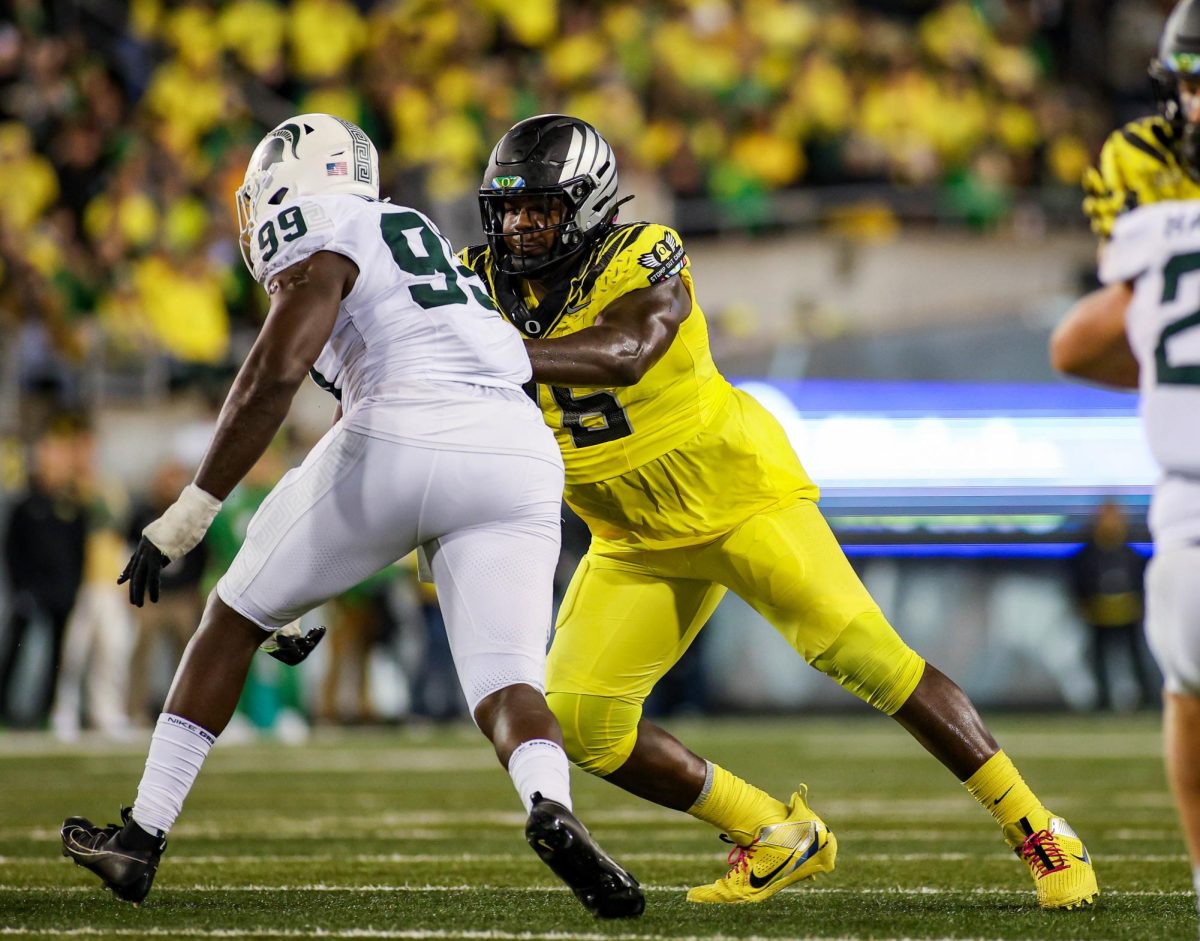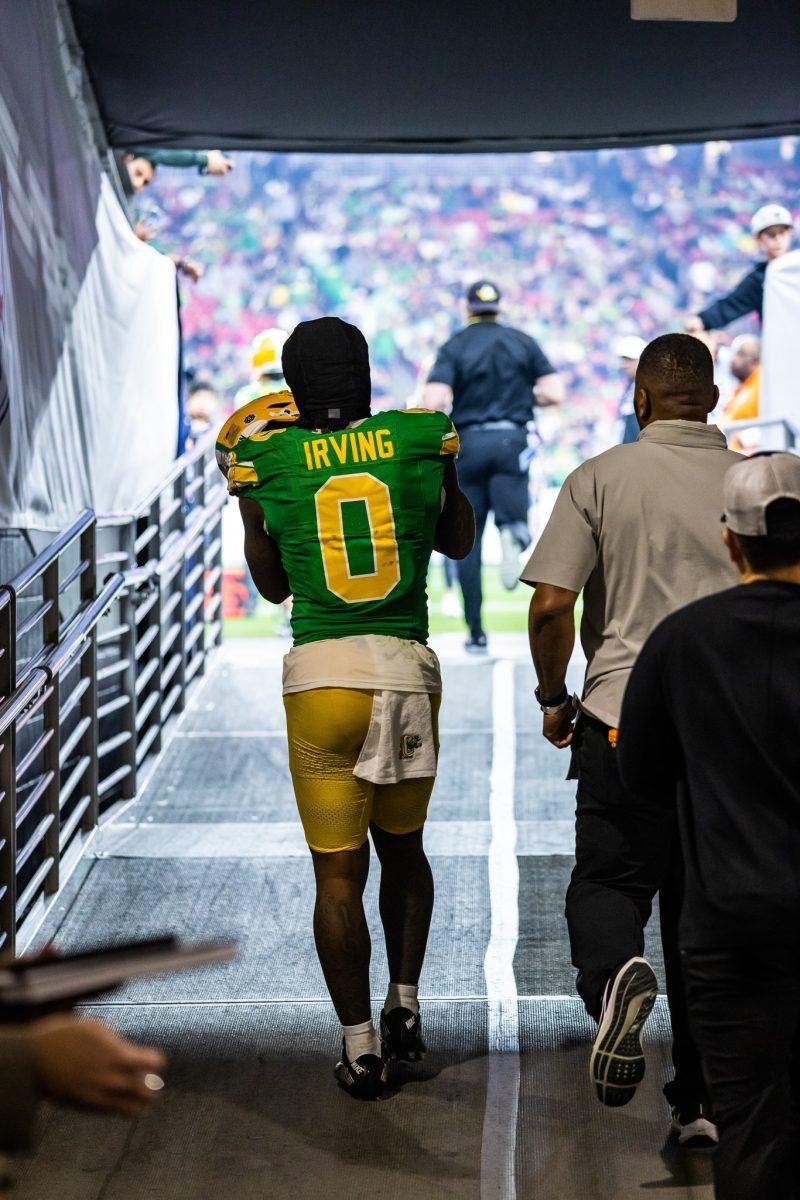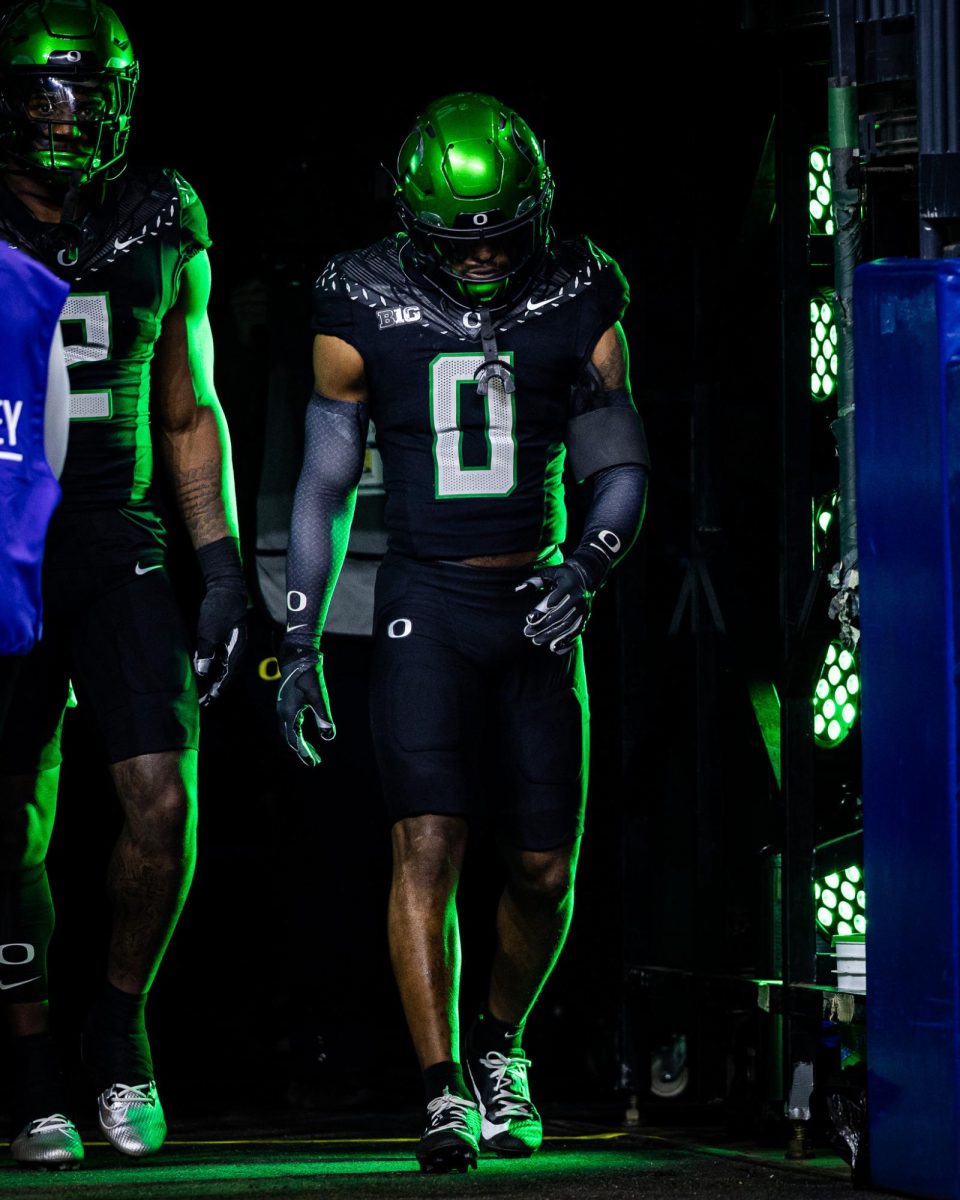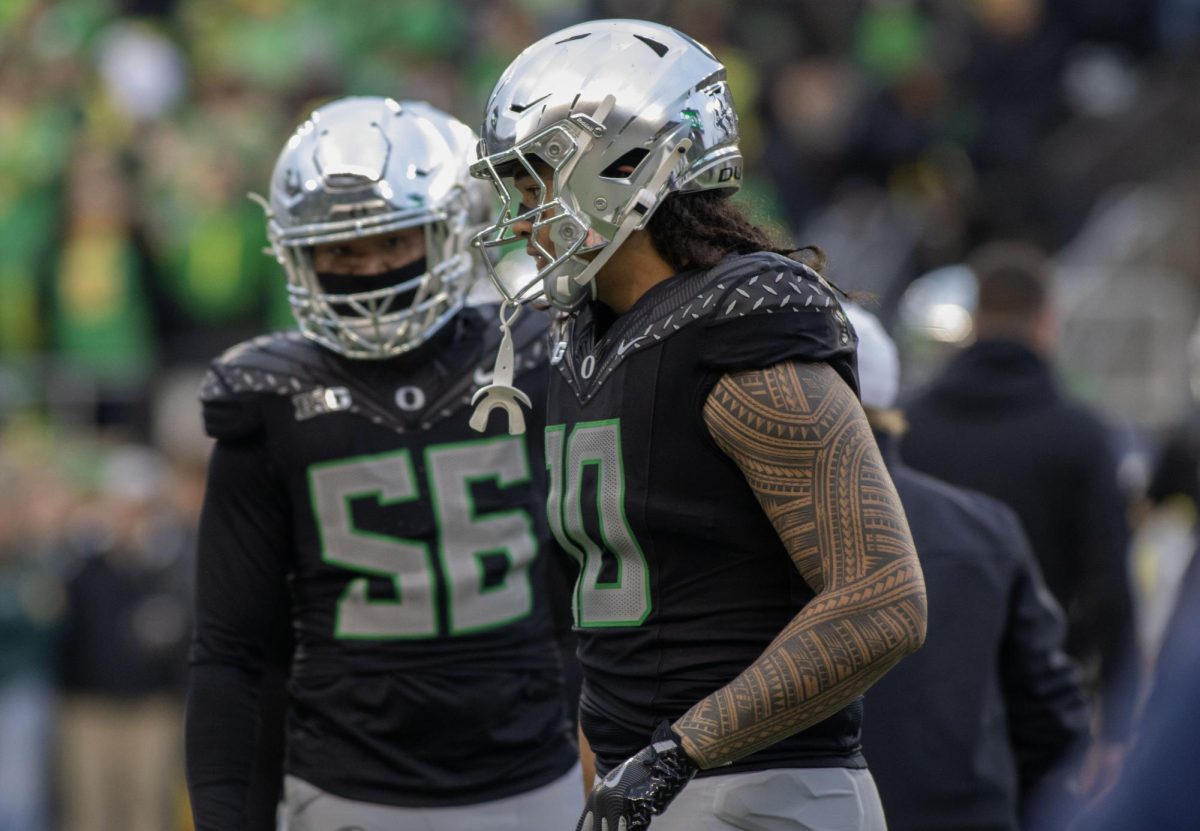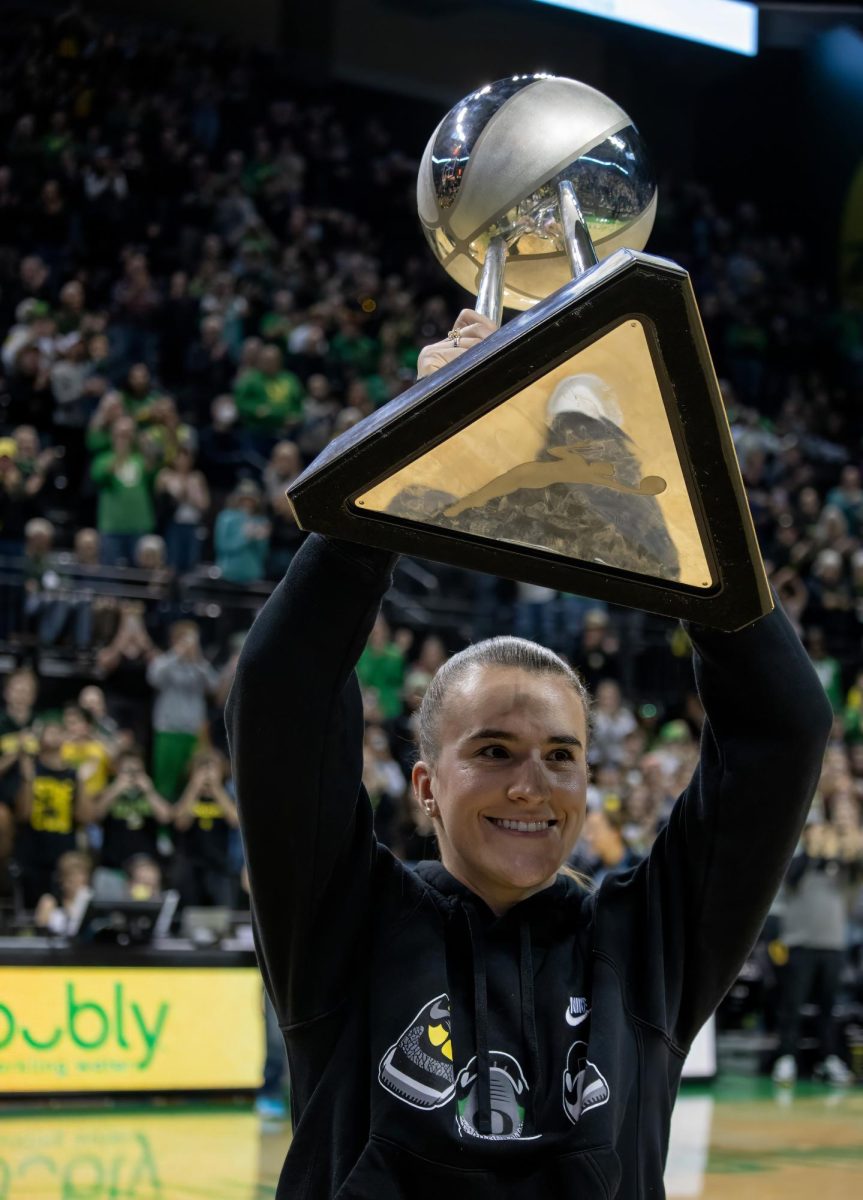In recent weeks, Oregon head coach Dan Lanning has come under scrutiny for his aggressive decisions to go for a conversion in multiple fourth down situations during the Washington game. This season Lanning has continued to play it risky in certain situations, such as going for two more often, using fake field goals or punts to fool the defense and going for it on fourth downs.
Oregon has gone for it 13 times this season, only converting eight times. That translates to just over a 61% conversion rate, which is something to bat an eye at when considering the situations that these fourth downs came in.
Most prominently, in Oregon’s close loss against heated rival Washington, Lanning made the decision to go for it on fourth down three times, and the Ducks didn’t convert on any of them. On the first two, it was entirely possible to kick a very short field goal and settle for three points which would have alleviated the pressure on kicker Camden Lewis on the last play where he missed a game-tying field goal.
Let’s look at the analytics of each one, helped by a 2017 study done by SB Nation. The study takes into account the probability of getting the first down, the placement of that first down marker on the field, the points risked/given up if the conversion fails and the percentage of field goals made from that spot.
The first one was a 4th-and-goal from the Washington 3-yard line as time was expiring in the first half. In a 4th-and-3 situation, teams convert the fourth down just under 33% of the time. The analytics say to go for a field goal there, and given the situation where the time was expiring and the Ducks were receiving the ball to start the second half, a field goal definitely should have been taken.
The next one was towards the end of the third quarter with the Ducks down 29-18. It was a 4th-and-3 at the Huskies’ 8-yard line, to which the analytics say go for a field goal. Given the situation Oregon was in, the decision to go for it was understandable, but ended up being detrimental to its hopes of winning.
The last one was with just over two minutes left in the game, with the Ducks winning 33-29. It was a 4th-and-3 at the Washington 47-yard line, which is a situation that the analytics say to go for the conversion in.
That was a badly drawn up play where Bo Nix had to rush a throw and it ended up falling short of Tez Johnson. In that situation, also given a certain amount of hindsight, it was probably the best decision to punt that ball and try to pin Washington deep in its own territory.
It is these types of aggressive decisions that make or break seasons. Oregon just fell short of a huge, top-10 win away against a heated rival, but certain decisions weren’t made sound enough and the wheels fell off towards the end.
The Ducks left six free points up on the board, which would have dramatically changed a three-point loss. Those two decisions, especially given the analytics, will be a dark cloud over Oregon’s season all year. The Ducks had been waiting for another shot at the Huskies since they suffered a similar loss last season, highlighted by a late-game knock to Nix’s ankle.
If the first two decisions were different, the pressure on the third one wouldn’t have been nearly the same, and given the brevity of the Huskies’ scoring drive after that, Oregon would still have had the chance to go down the field and win the game.
That being said, this is all speculation as who really knows what would happen if a few plays went differently?
Lanning has made a living this season on being aggressive and not second guessing these kinds of decisions. It is part of the Ducks’ identity now and could be for as long as Lanning is in charge.








